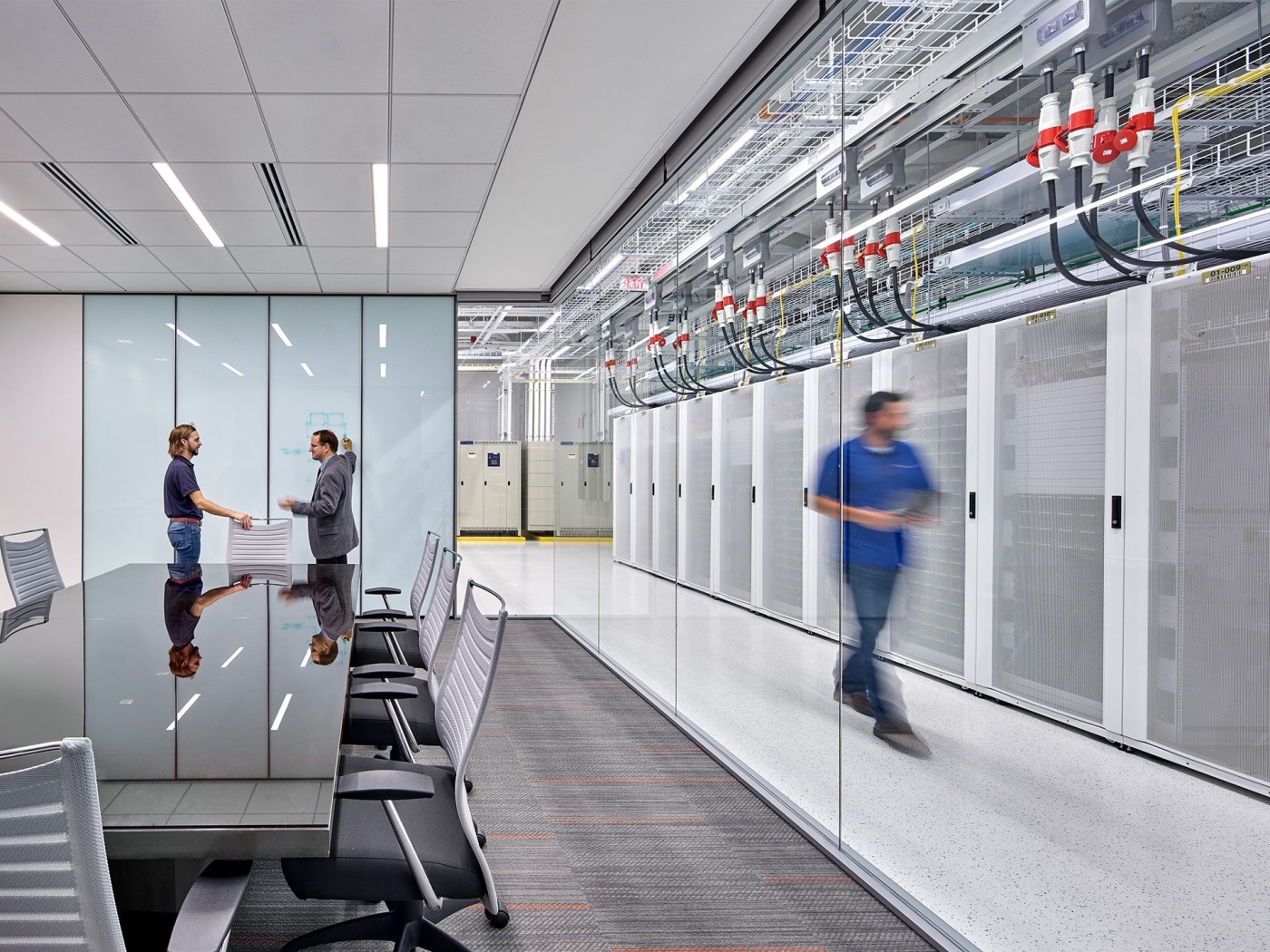

Server virtualization is now core to data center operations. Here is a brief guide to what you need to know about it.
Server virtualization is the process of creating multiple virtual instances of servers on a single physical server. Each virtual server operates as an independent entity, capable of running its own operating system and applications while sharing the underlying hardware resources of the host machine.
Server virtualization is based on five key principles. Here is an overview of them.
Server virtualization abstracts the physical hardware of a server, allowing multiple virtual machines (VMs) to run on a single physical machine. This abstraction layer is managed by a hypervisor, which allocates and manages hardware resources such as CPU, memory, and storage among the VMs. By decoupling the hardware from the software, virtualization enables more efficient use of resources and simplifies hardware management.
Each virtual server operates in a completely isolated environment, ensuring that the performance and security of one VM do not affect others on the same physical host. This isolation is achieved through the hypervisor, which creates a virtual hardware environment for each VM. This ensures that even if one VM crashes or is compromised, the other VMs remain unaffected, enhancing overall system stability and security.
Virtual servers are encapsulated into files, which include the VM’s configuration, operating system, applications, and data. This encapsulation simplifies the process of moving, copying, and backing up VMs. It also enables VMs to be easily deployed and restored, facilitating disaster recovery and reducing downtime.
The hypervisor dynamically allocates hardware resources to each VM based on its needs and predefined policies. This dynamic allocation ensures that resources are utilized efficiently and VMs can scale up or down in response to workload demands. By adjusting the resources allocated to each VM, administrators can optimize performance and ensure that critical applications have the necessary resources.
Server virtualization supports rapid scaling of resources, allowing data centers to quickly deploy new virtual servers without the need for additional physical hardware. This scalability is critical for meeting the demands of dynamic and growing workloads. Virtualization enables data centers to respond to changes in demand swiftly and cost-effectively, improving overall operational efficiency.
There are five main types of server virtualization in common use. Each type has its own characteristics and, hence, its own specific benefits and use cases. Here is a brief overview of them.
Full virtualization uses a hypervisor to create a complete virtual environment that emulates the underlying hardware. This allows multiple operating systems to run unmodified on the virtual machines (VMs) as if they were running directly on physical hardware. The hypervisor sits between the hardware and the VMs, managing resources and ensuring isolation.
Full virtualization provides strong isolation and flexibility but may introduce some performance overhead due to the emulation of hardware.
Paravirtualization also employs a hypervisor, but instead of fully emulating the hardware, it presents a modified hardware interface to the VMs. The guest operating systems need to be aware of this virtualized environment and are modified to interact with the hypervisor efficiently.
This modification allows the hypervisor to reduce the overhead typically associated with full virtualization by enabling the VMs to communicate directly with the hypervisor for resource management tasks.
Paravirtualization can offer better performance than full virtualization but requires support from the guest operating systems.
Hardware-assisted virtualization, also known as hardware virtualization, leverages processor extensions from CPU manufacturers (such as Intel VT-x and AMD-V) to improve the performance and efficiency of virtualization.
These extensions allow the hypervisor to offload some of the virtualization tasks to the CPU, reducing overhead and improving VM performance.
This type of virtualization provides near-native performance and simplifies the hypervisor’s role in managing VMs. It supports both full virtualization and paravirtualization approaches, enhancing their efficiency.
Also known as containerization, operating system-level virtualization creates multiple isolated user-space instances (containers) within a single operating system kernel. Each container shares the same OS kernel but operates independently with its own file system, processes, and network interfaces.
Containers are lightweight and efficient, offering near-native performance with minimal overhead. On the minus side, however, they provide less isolation than full VMs since they share the same OS kernel.
Hybrid virtualization allows VMs to run in a paravirtualized mode when possible to enhance efficiency while falling back to full virtualization for greater compatibility when necessary.
This approach provides a flexible solution that can adapt to different workload requirements and guest operating systems. It aims to balance performance and isolation effectively.
Hybrid virtualization is typically seen in advanced hypervisor implementations that can dynamically switch modes based on the operating system and application needs.

Discover the DataBank Difference today:
Hybrid infrastructure solutions with boundless edge reach and a human touch.